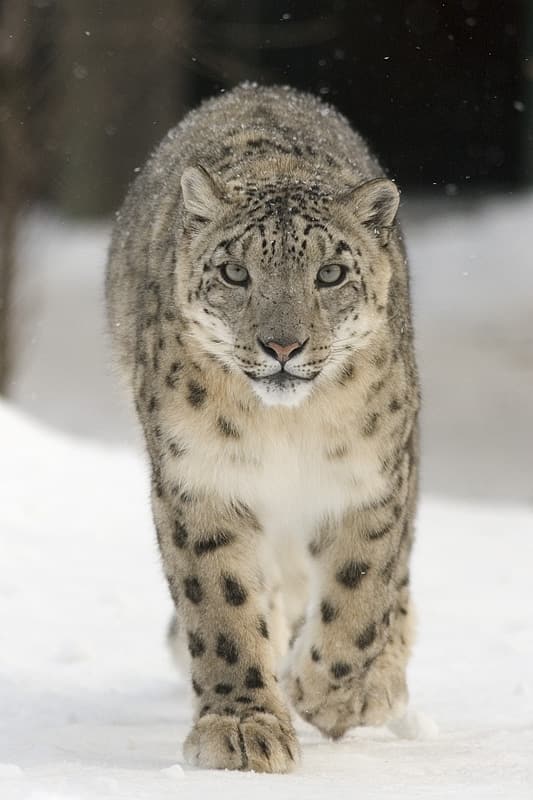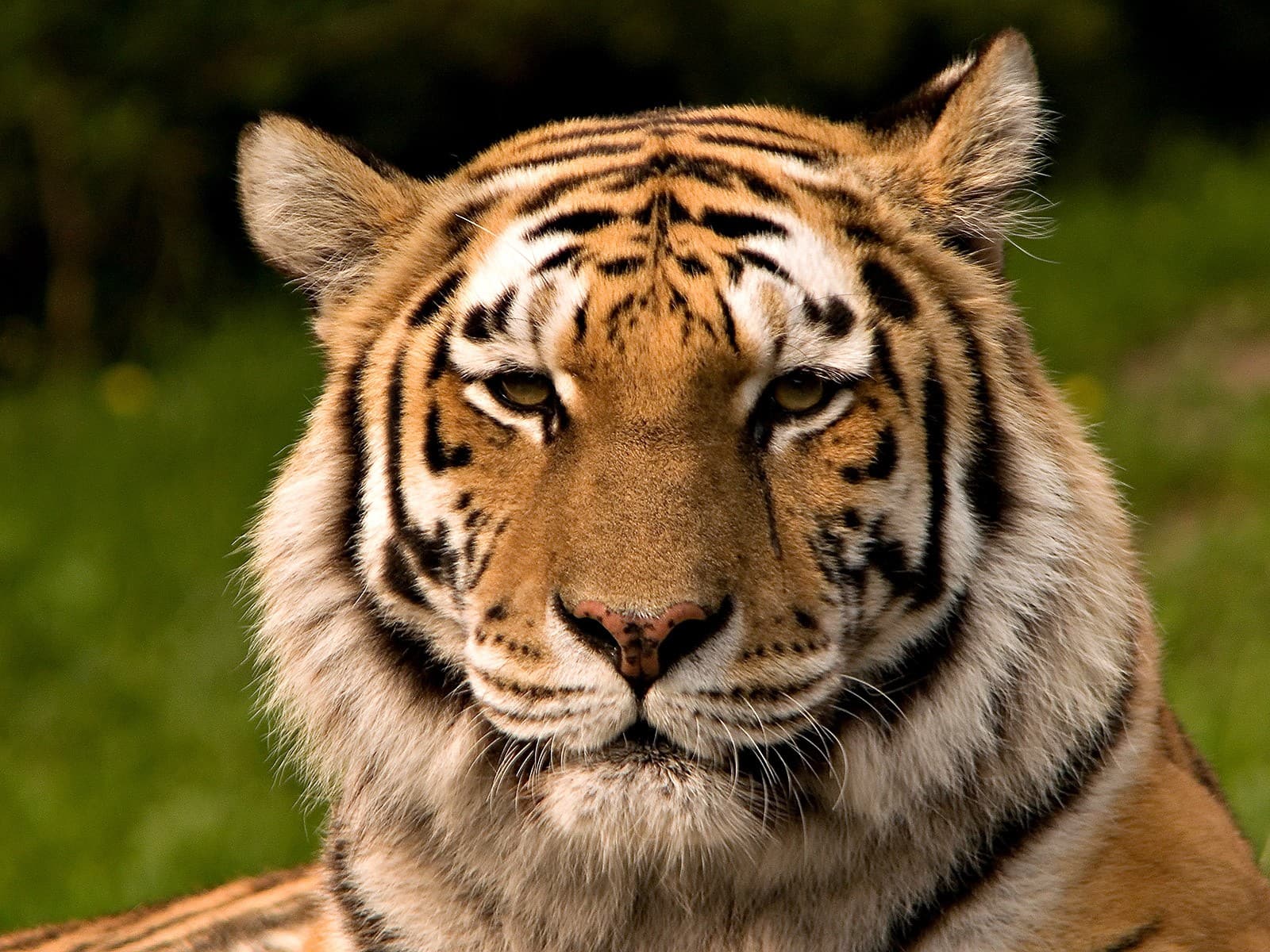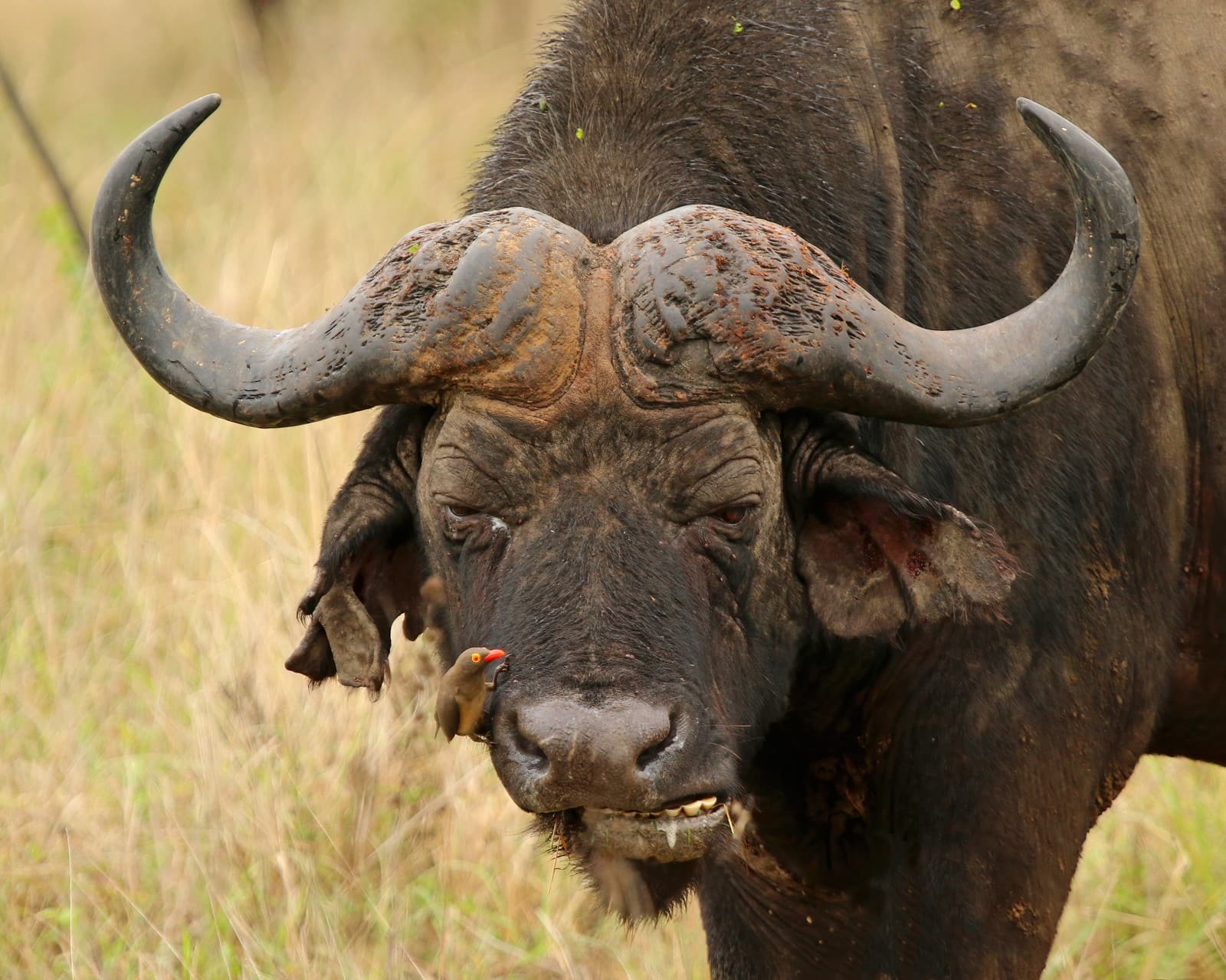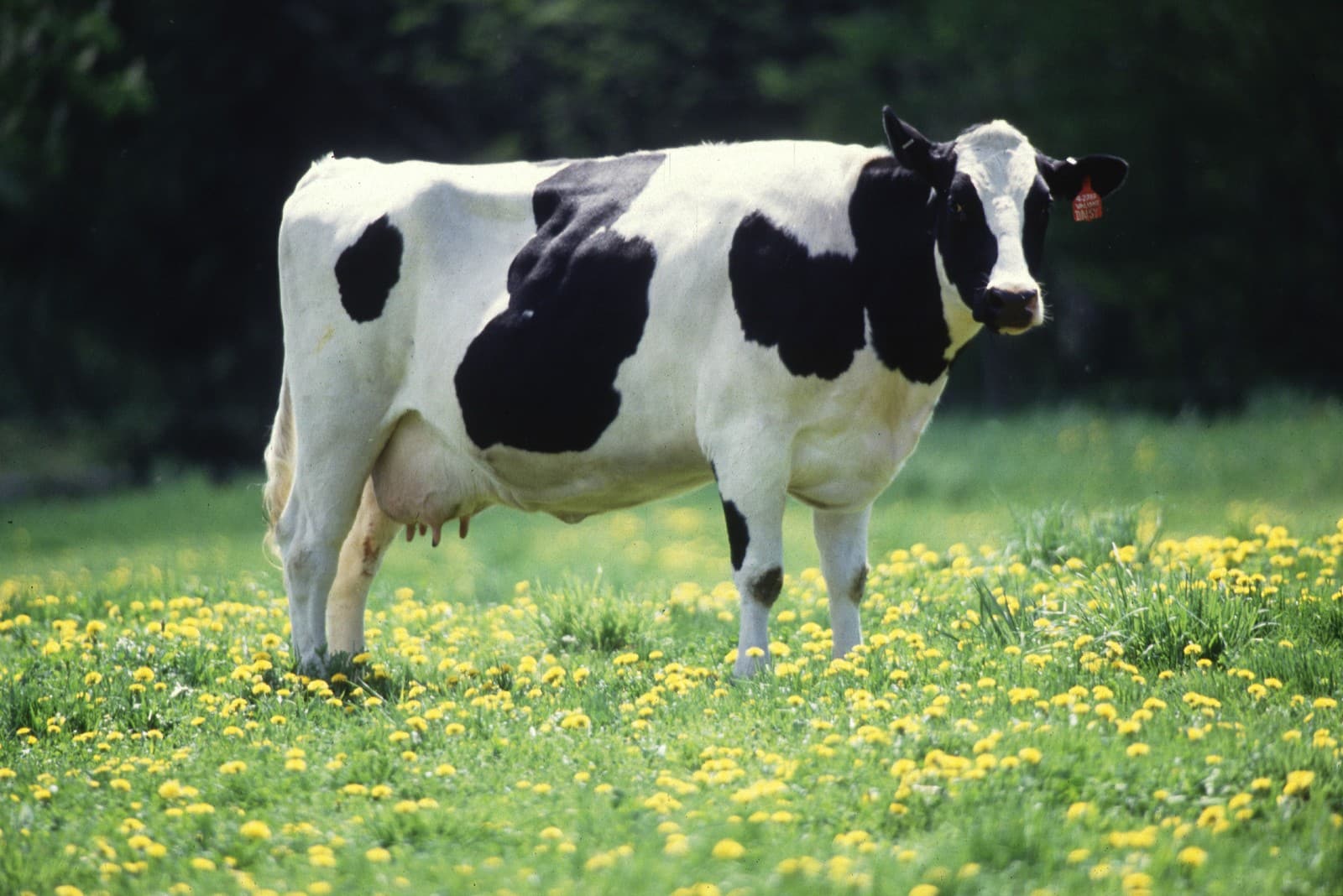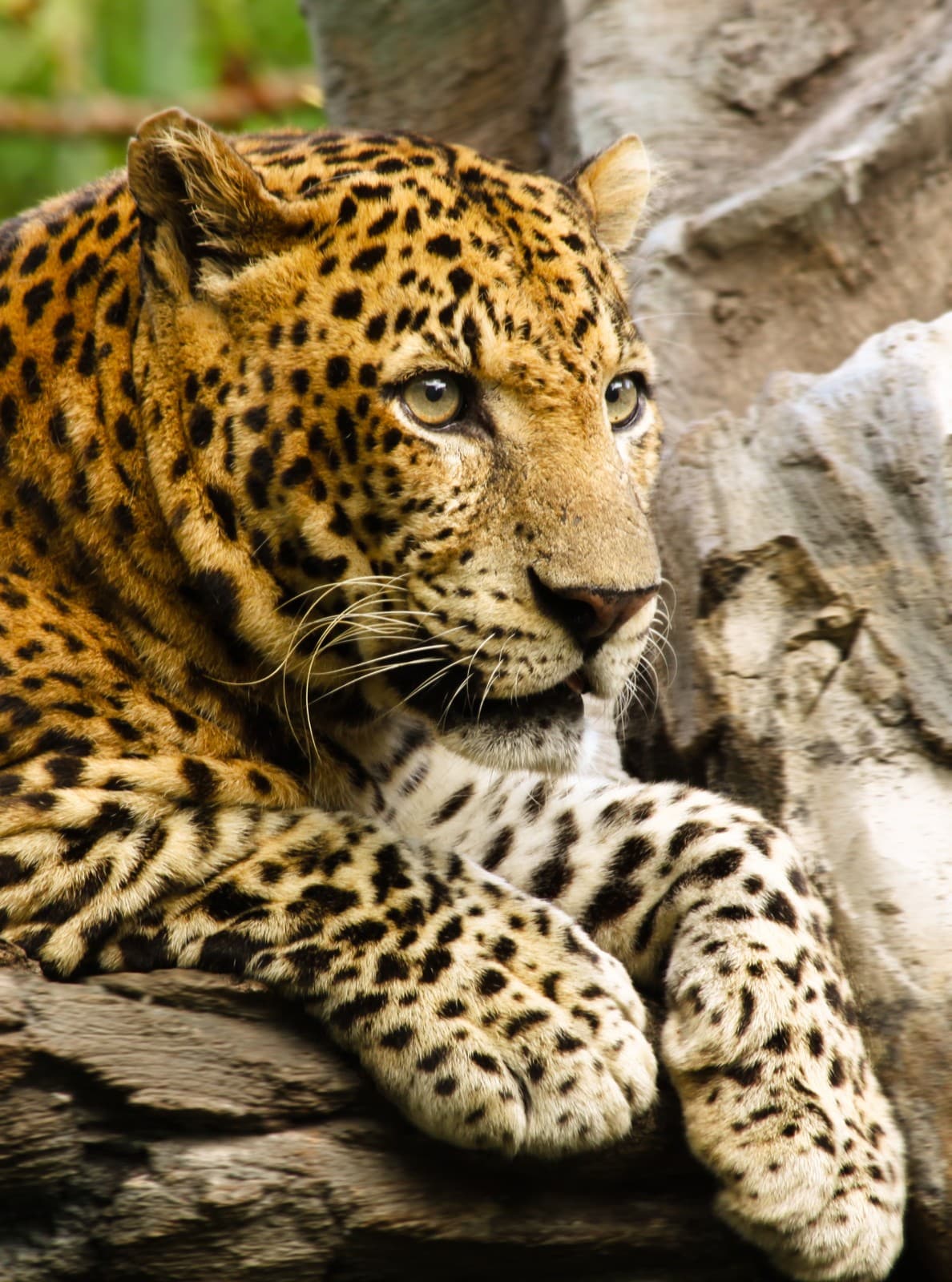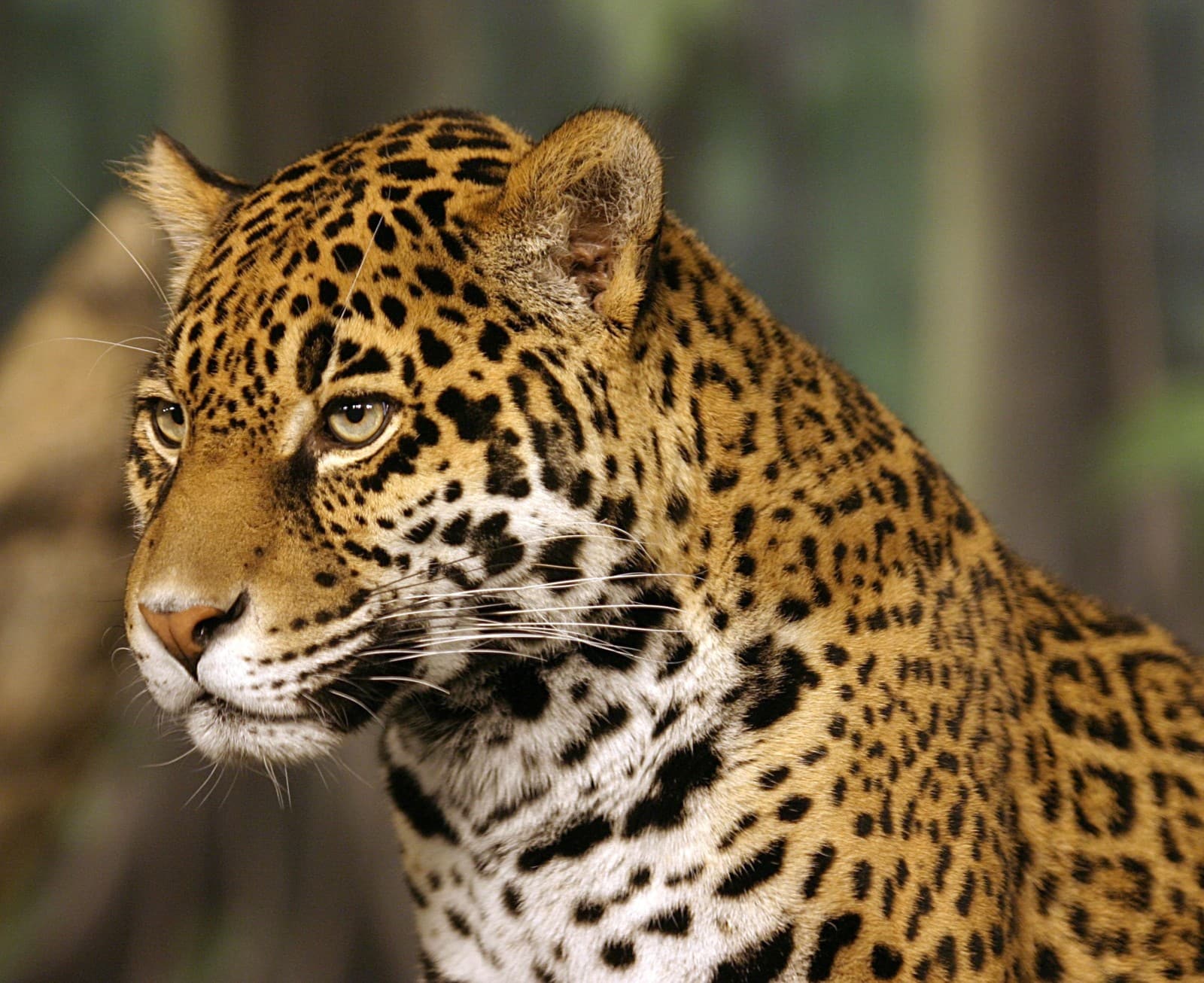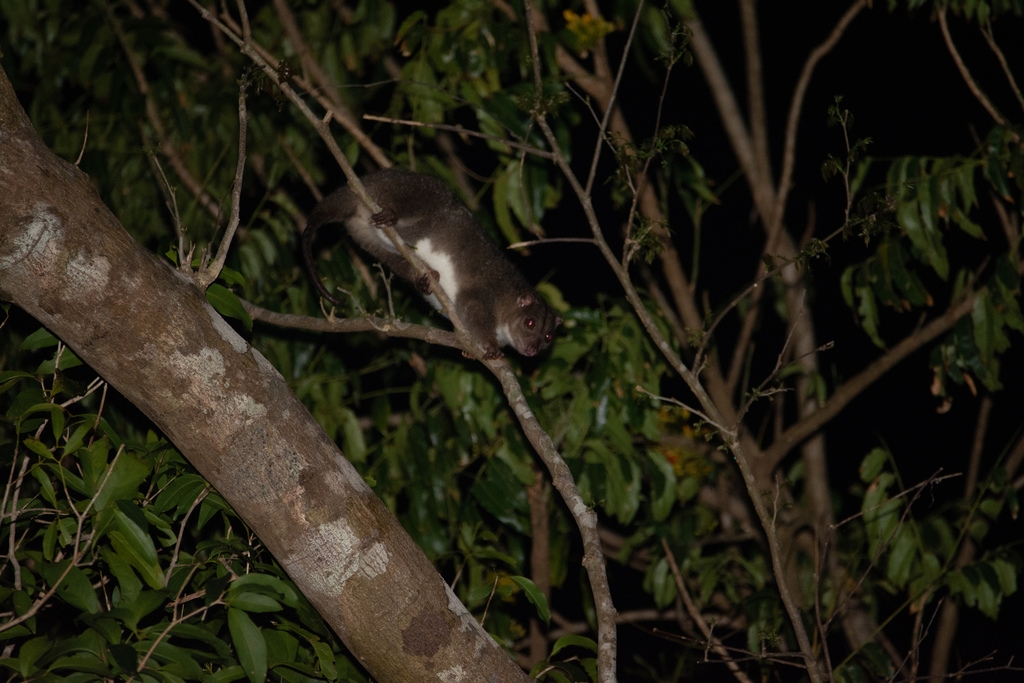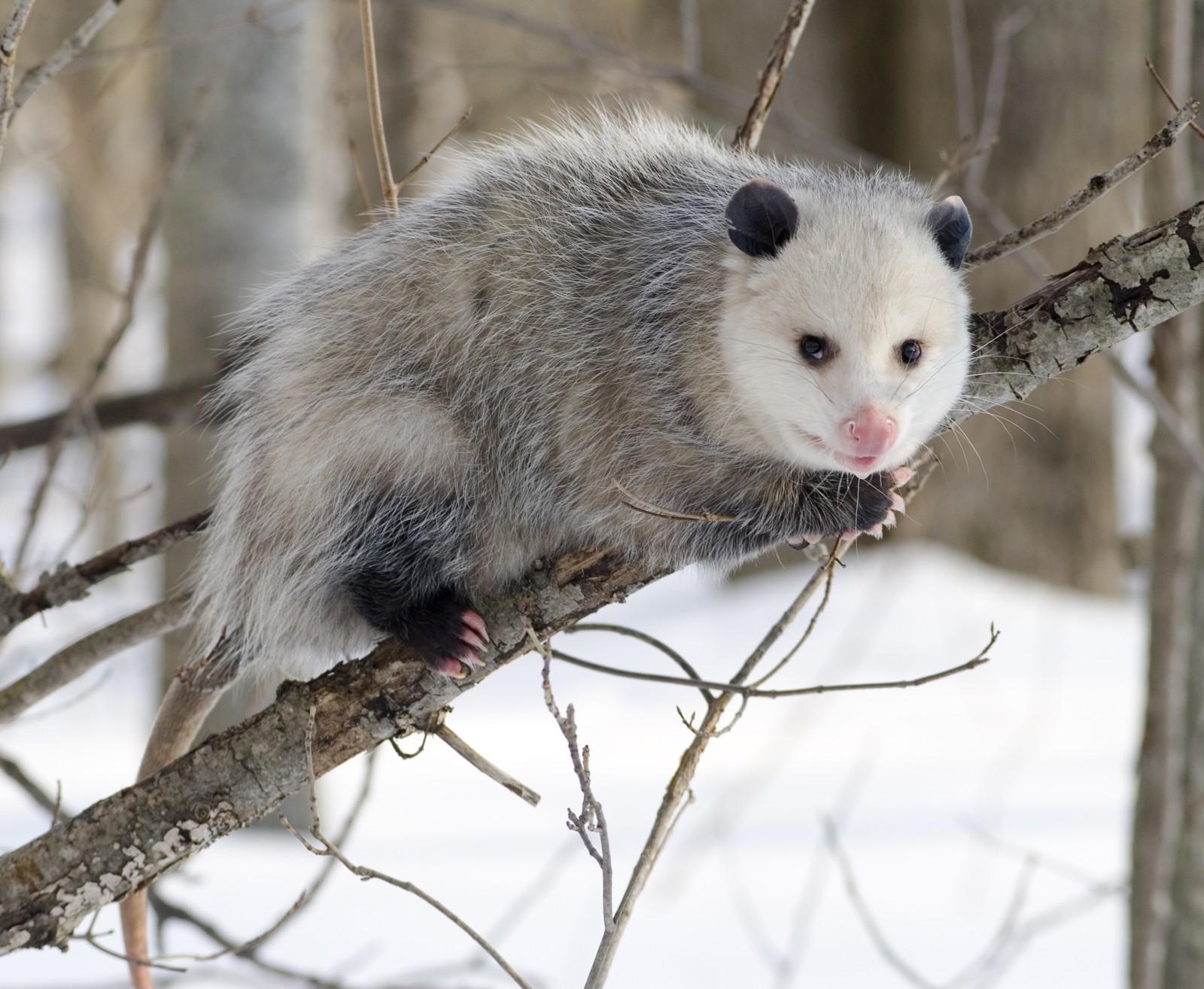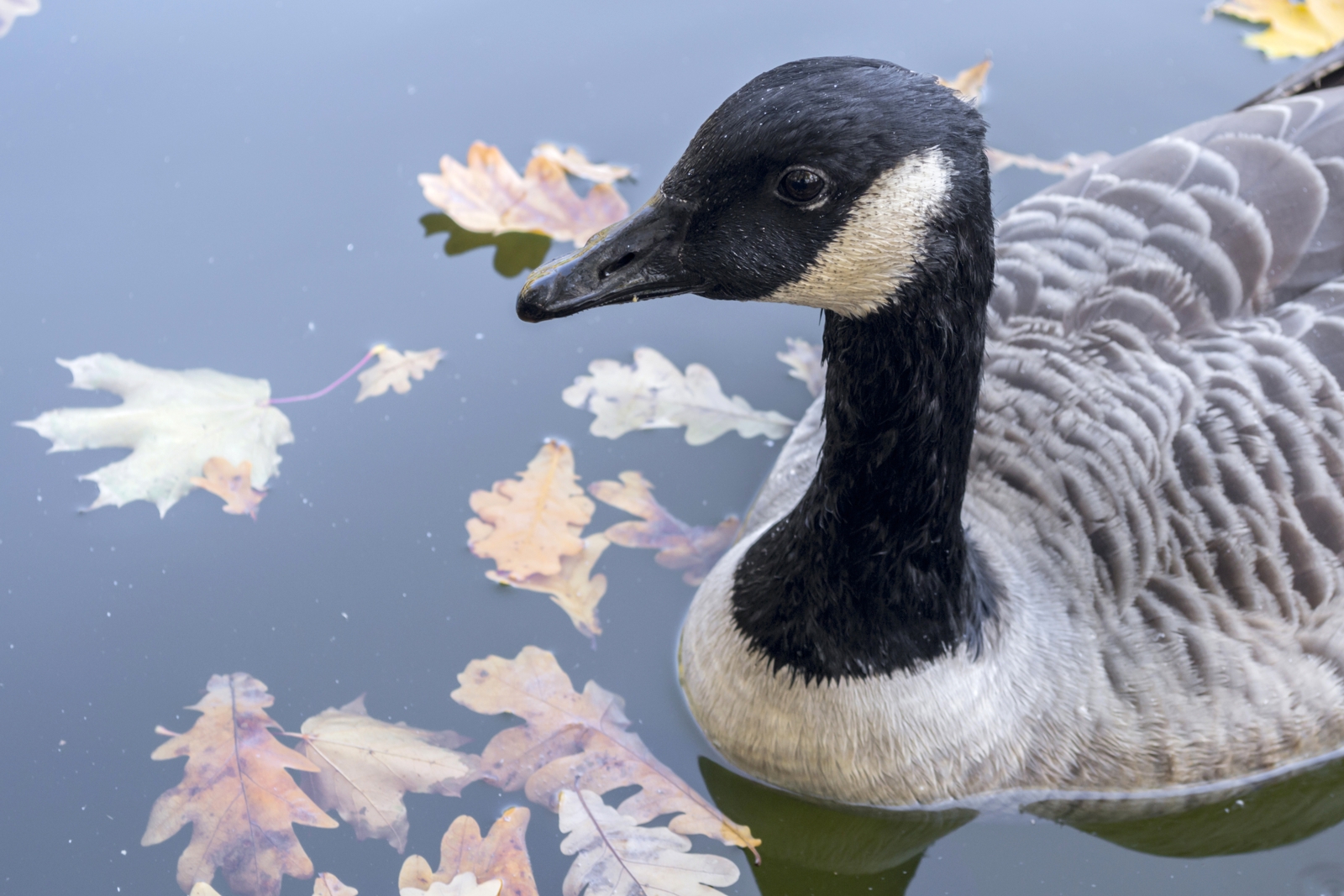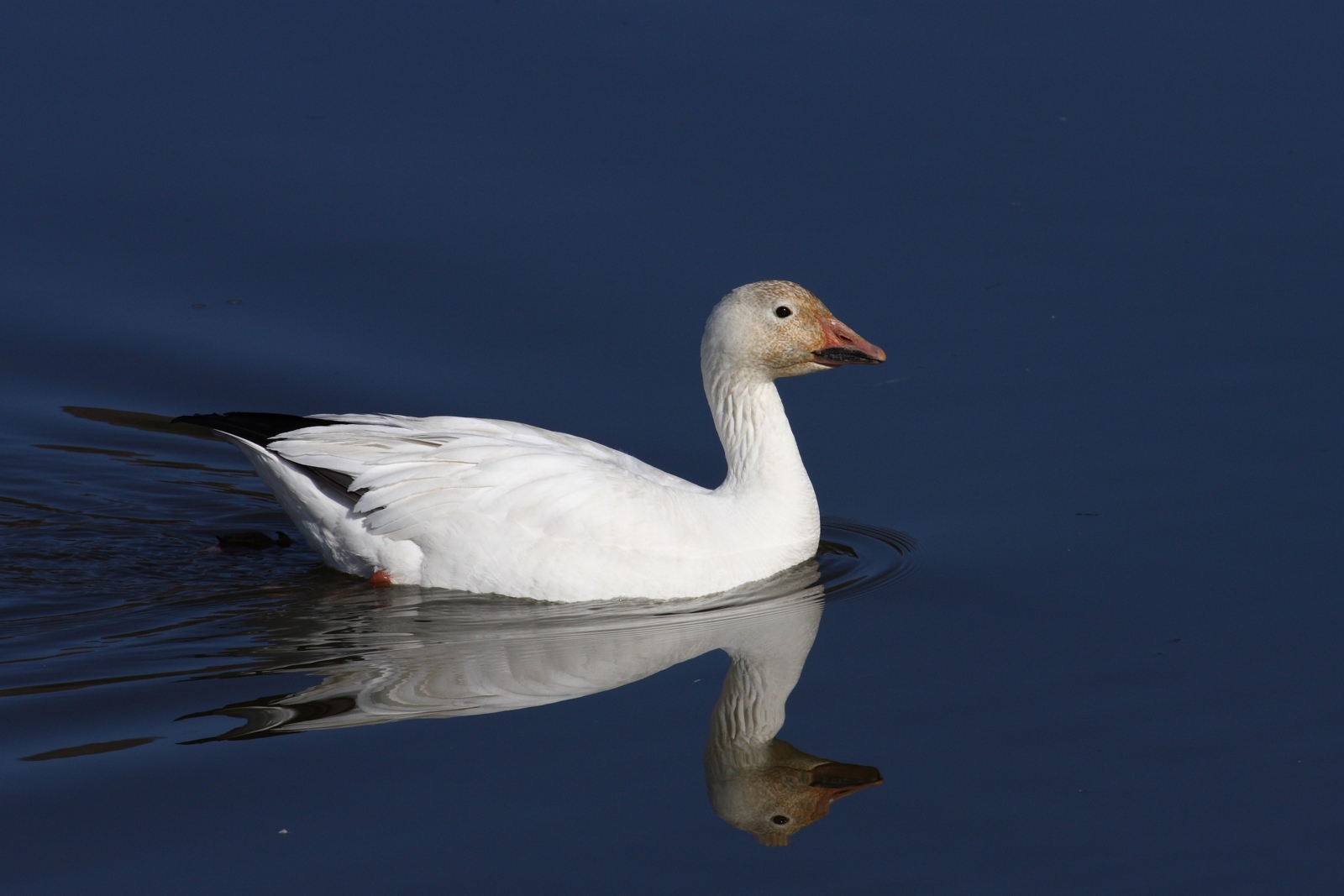Clouded Leopard vs Snow Leopard: A Complete Comparison
Despite their similar names, the Clouded Leopard and Snow Leopard represent two distinctly different species of wild cats, each adapted to unique environmental niches. While the Snow Leopard thrives in high-altitude mountain ranges reaching up to 19,700 feet (6,000 meters), the Clouded Leopard inhabits tropical forests at much lower elevations, rarely venturing above 6,500 feet (2,000 meters).
These magnificent cats differ significantly in size, with Snow Leopards weighing between 60-120 pounds (27-54 kg), while Clouded Leopards are considerably smaller at 25-50 pounds (11-23 kg). Their hunting strategies and physical adaptations reflect their contrasting habitats, making each species a remarkable example of evolutionary specialization.
Physical Characteristics Comparison
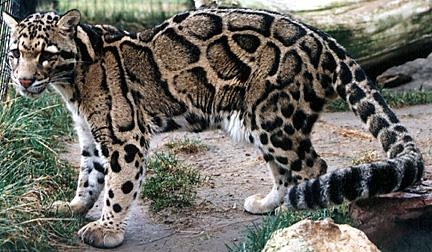
© / CC BY-SA 3.0
The Clouded Leopard showcases distinctive cloud-like markings that give it its name, with elongated canine teeth that are proportionally the longest of any living cat - reaching up to 2 inches (5 cm) in length.
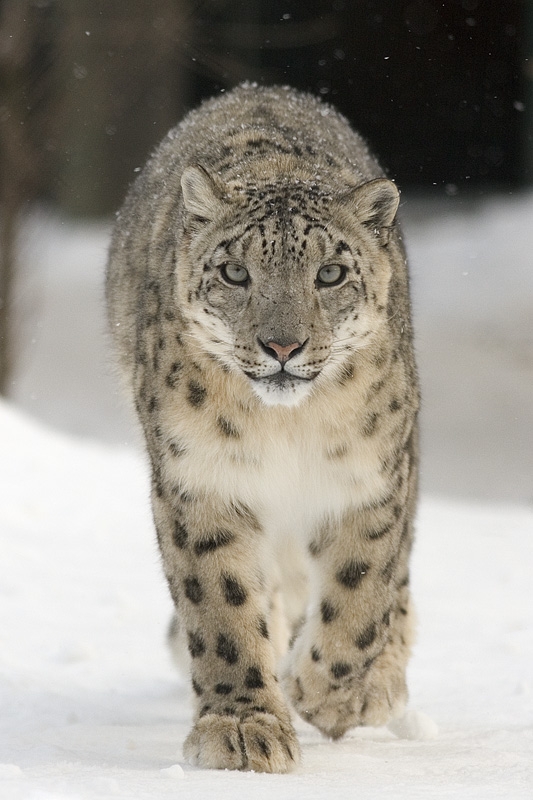
© Bernard Landgraf / CC BY-SA 3.0
The Snow Leopard exhibits pale gray fur with black rosettes, perfectly adapted for camouflage in its snowy mountain habitat. Its oversized paws act as natural snowshoes for traversing deep snow.
Key Differences: Clouded Leopard vs Snow Leopard
| Feature | Clouded Leopard | Snow Leopard |
|---|---|---|
| Weight | 25-50 lbs (11-23 kg) | 60-120 lbs (27-54 kg) |
| Habitat | Tropical forests | High mountain ranges |
| Altitude Range | 0-6,500 ft (0-2,000 m) | 3,000-19,700 ft (900-6,000 m) |
| Coat Pattern | Cloud-like marbling | Rosettes with pale background |
| Tail Length | 24-36 inches (61-91 cm) | 31-39 inches (80-100 cm) |
| Hunting Style | Arboreal ambush | Ground stalking |
Habitat and Distribution
Snow Leopards are perfectly adapted to life in the harsh mountain environments of Central and South Asia, including the Himalayas, Hindu Kush, and Altai ranges. Their thick fur and long tails help them survive in temperatures as low as -40°F (-40°C).
Clouded Leopards, conversely, inhabit the tropical forests of Southeast Asia, from Nepal to southern China and throughout the Malay Peninsula. Their remarkable climbing abilities allow them to navigate dense forest canopies with ease.
Hunting and Behavior
Snow Leopard Hunting Strategy
- Stalks prey from above on steep terrain
- Primarily hunts wild sheep and goats
- Can leap up to 50 feet (15 meters) horizontally
- Uses long tail for balance in rocky terrain
Clouded Leopard Hunting Strategy
- Hunts both on ground and in trees
- Targets smaller prey like monkeys and deer
- Can climb down trees headfirst
- Uses exceptionally long canines for powerful bite
Conservation Status and Threats
Both species face significant conservation challenges, though their threats differ:
Snow Leopard:
- Estimated 4,000-6,500 individuals remaining
- Primary threats include habitat loss and conflict with livestock farmers
- Climate change affecting mountain ecosystems
Clouded Leopard:
- Population unknown but declining
- Deforestation poses major threat
- Poaching for fur and traditional medicine markets
Who Would Win in a Fight?
While such encounters would never occur naturally due to different habitats, a theoretical analysis based on physical attributes suggests the Snow Leopard would have the advantage due to:
- Larger size and greater muscle mass
- More powerful build adapted for taking down larger prey
- Superior strength developed for mountain hunting
However, both species are remarkable predators perfectly adapted to their respective environments, making such comparisons largely academic.
Frequently Asked Questions
Which is bigger: Clouded Leopard or Snow Leopard?
The Snow Leopard is significantly larger, weighing up to 120 pounds (54 kg), while Clouded Leopards typically max out at 50 pounds (23 kg).
Do Clouded Leopards and Snow Leopards ever meet in the wild?
No, these species never encounter each other naturally due to completely different habitat preferences and geographical distributions.
Which species is more endangered?
Both species are vulnerable, but Snow Leopards have more detailed population estimates and concentrated conservation efforts due to their more restricted range.
Can either species be kept as pets?
Neither species can be legally kept as pets. They are wild animals requiring specific environmental conditions and are protected by international laws.
